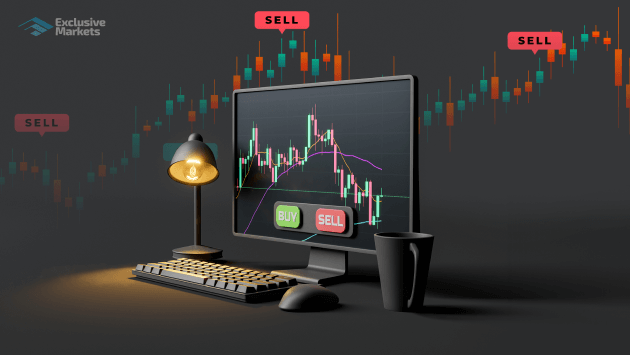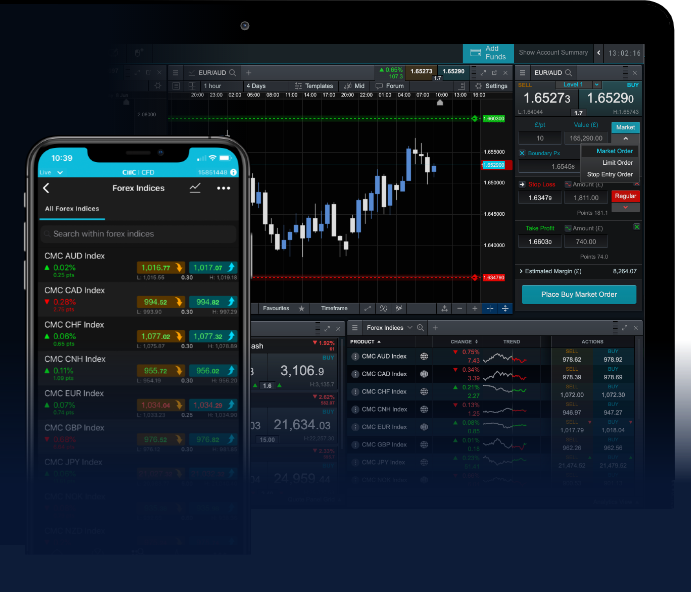
Understanding the timing of the Forex market is crucial for traders aiming to maximize their potential profits. The Forex market operates 24 hours a day, from Monday to Friday, but this continuous nature does not mean that the market is active at all times. To succeed in Forex trading, traders must understand the various trading hours and how they relate to market volatility and liquidity. For an in-depth look at strategies and brokers, check out forex trading hours Top Forex Brokers.
Forex Market Overview
The Forex market is the largest financial market globally, with a daily trading volume exceeding $6 trillion. Unlike stock markets, which open and close at specific times, the Forex market operates round the clock, providing opportunities for traders in different time zones. This continuous operation is possible due to major financial centers around the world, including London, New York, Tokyo, and Sydney, opening at different times.
Market Sessions
The Forex market is divided into four major trading sessions, each reflecting the working hours of different financial hubs. Understanding these sessions is essential as they determine when the market is most active and volatile.
1. Sydney Session
The Sydney session opens first in the Forex trading day. It begins at 10 PM GMT and ends at 7 AM GMT. This session is often characterized by lower volatility, as many of the major financial markets are closed. However, it does have its advantages, particularly for traders interested in pairs involving the Australian dollar (AUD), as local news and economic data are released during this time.
2. Tokyo Session
The Tokyo session starts at 12 AM GMT and closes at 9 AM GMT. As the second session of the Forex market, it brings increased activity, particularly in pairs involving the Japanese yen (JPY). The Tokyo session overlaps with the closing hours of the Sydney session, creating opportunities for traders. Additionally, significant economic data from Japan often influences market movements during this period.

3. London Session
The London session is arguably the most significant trading period in Forex. It runs from 8 AM GMT to 5 PM GMT and accounts for a large portion of the day’s trading volume. The London market overlaps with both the Tokyo and New York sessions at various times, contributing to heightened market activity. Major currency pairs, including EUR/USD and GBP/USD, are particularly influenced by movements during the London session.
4. New York Session
Following the London session, the New York session begins at 1 PM GMT and ends at 10 PM GMT. The New York session is vital for Forex traders, as it encompasses important economic data releases from the U.S. economy. It also overlaps with the final hours of the London session, leading to significant market volatility and opportunities.
Optimal Trading Hours
While the Forex market is open 24 hours, specific trading hours often yield better results. The best times to trade are during the overlaps of trading sessions, where liquidity and volatility are at their highest.
- London and New York Overlap: This overlap occurs from 1 PM GMT to 5 PM GMT. It is considered the most active trading period, offering ample opportunities for profit.
- Tokyo and London Overlap: This overlap is shorter, occurring from 8 AM GMT to 9 AM GMT. It is relatively active, although not as much as the London and New York overlap.

Understanding Forex Volatility
Forex volatility refers to the price movement of currency pairs over a specific time period. Different trading sessions present different levels of volatility. During the London and New York overlaps, traders often experience increased volatility, leading to more significant price swings. Understanding volatility is critical for traders to develop effective strategies.
Impact of Market News
Forex trading hours are also influenced by economic news releases and geopolitical events. Economic calendars help traders prepare for important announcements that can lead to increased volatility. For instance, announcements regarding interest rate changes, employment figures, and consumer spending can have a dramatic impact on currency prices.
Tips for Trading in Different Sessions
When trading Forex during different market sessions, consider the following tips:
- Adapt your trading strategy to the session: Different market sessions require different strategies. For example, during the Sydney session, consider using strategies suited for less volatile markets.
- Pay attention to economic indicators: Knowing when significant economic data is released can help you prepare for potential market movements.
- Utilize stop-loss orders: Given the volatility during certain trading hours, implementing stop-loss orders can help manage risk.
- Stay informed: Continuous learning and staying up to date with market news can significantly impact your trading performance.
Your Trading Schedule
Establishing a trading schedule that suits your lifestyle and aligns with the most active trading hours can enhance your performance. Consider your commitments and personal strengths when determining the best times to engage in Forex trading.
Conclusion
Understanding Forex trading hours and the various market sessions is crucial for every trader. By recognizing the optimal times to trade, leveraging market overlaps, and being aware of economic events, you can significantly improve your trading results. Whether you are a beginner or an experienced trader, being mindful of trading hours can help you navigate the Forex market more effectively.

